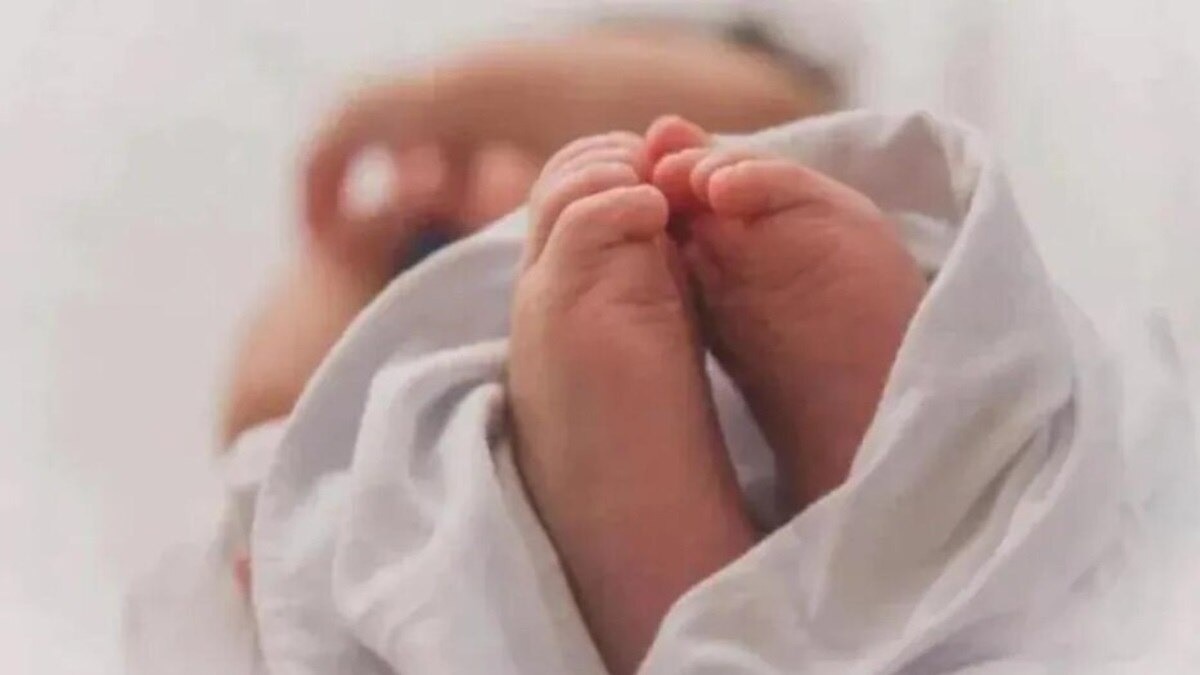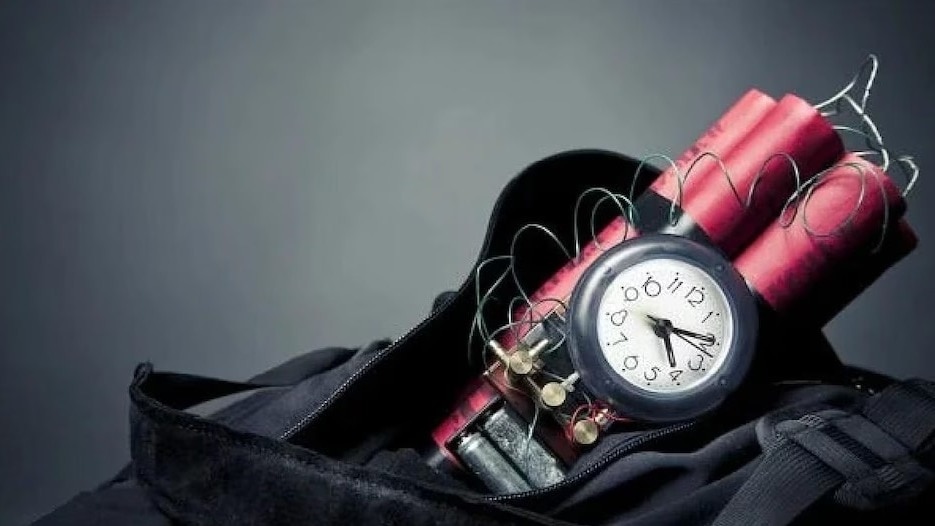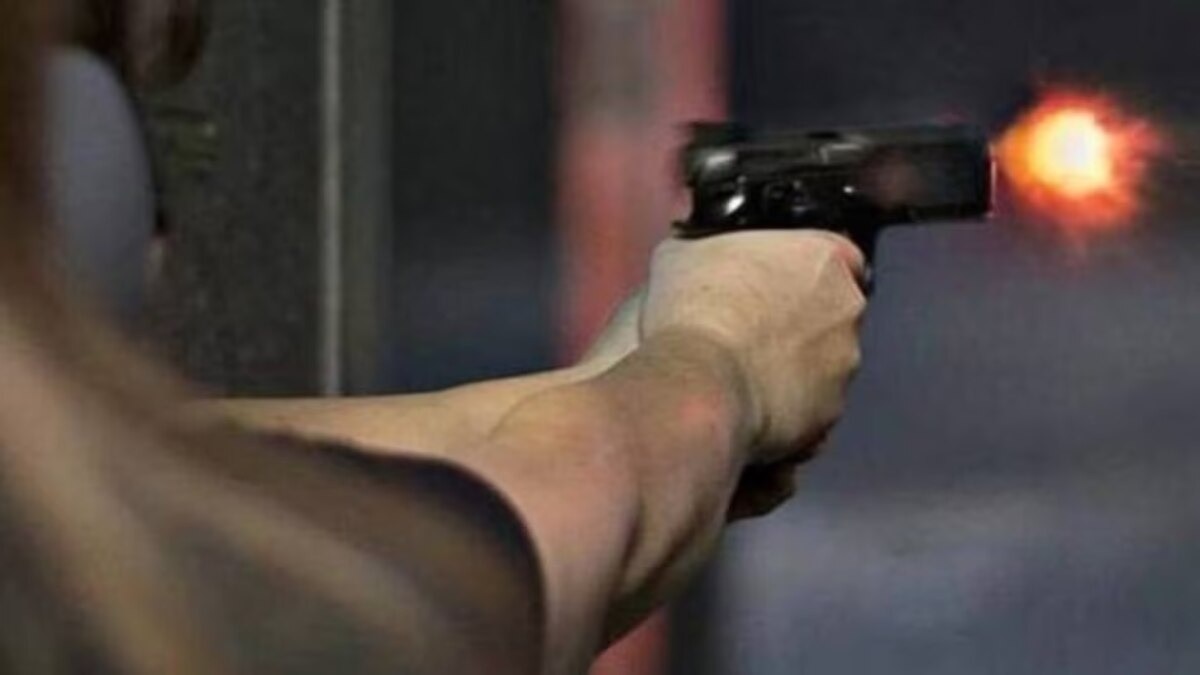ARTICLE AD BOX
Last Updated:August 20, 2025, 11:21 IST
Ukraine is pushing for a ceasefire, Russia demands a permanent deal, and US says peace is close. But the visions of 'ending the war' could not be further apart

Days after meeting Vladimir Putin, Donald Trump on Monday hosted Ukrainian President Zelensky and European leaders at the White House.
As the war in Ukraine enters its fourth year, a renewed burst of global diplomacy is underway, this time with US President Donald Trump playing a central role. In the past week alone, Trump has held talks with both Russian President Vladimir Putin in Alaska and Ukrainian President Volodymyr Zelenskyy at the White House, alongside several European leaders. The aim, at least publicly, is peace.
But what “peace" means depends on who you ask.
While Ukraine and many of its European allies are pushing for an immediate ceasefire—a temporary halt to hostilities—Trump and Putin appear to be aligned on something more permanent: a full-fledged peace deal.
The problem? The deal on the table, at least as articulated by Moscow, may be incompatible with international law, and deeply unacceptable to Kyiv.
Key Difference Between A Ceasefire And A Peace Deal
A ceasefire is a temporary pause in fighting. It’s often used to allow for humanitarian relief, evacuations, or space for further negotiations. Crucially, it doesn’t imply any formal recognition of the current military status quo. Each side holds onto what it controls on the battlefield, but that control is not legally acknowledged.
A peace deal, by contrast, is a permanent legal settlement—usually a treaty—outlining the future of relations between the warring parties. It may involve territorial changes, political recognition, or security guarantees. And in this war, that’s where things get complicated.
International law, including the United Nations Charter, explicitly prohibits territorial acquisition by force. Jeremy Pizzi, a legal adviser with Global Rights Compliance, told CNN that any treaty reached through military coercion would be “inherently void."
That means if Ukraine is pressured to give up its land just to stop Russian attacks, the agreement would not only violate global norms, it would be illegal.
Why Ukraine (And Europe) Are Cautious About A Peace Deal
European leaders have made clear that they support a temporary ceasefire as a step toward dialogue, but not at the cost of recognising Russia’s conquests. Speaking after the White House summit, German Chancellor Friedrich Merz said he “can’t imagine that the next meeting will take place without a ceasefire," underlining the view that peace talks must be built on a halt in fighting, not territorial surrender.
As per CNN, Kyiv and its European allies suggested that a ceasefire might be a precursor for a meeting between Zelenskyy and Putin, followed by a trilateral meeting between Trump, Zelenskyy, and Putin.
This cautious stance is rooted in both principle and experience. Ukraine and its allies argue that rewarding Russia with land would undermine the foundational global rule that force cannot decide borders. European countries, especially those near Russia, worry they could be next if such a precedent is set.
Zelenskyy also faces a legal constraint. Ukraine’s constitution mandates that any change to national borders be ratified via a public referendum. Even if Kyiv’s leadership wanted to concede territory, which, publicly, it does not, it would face enormous domestic resistance. According to CNN, a recent poll by the Kyiv International Institute of Sociology (KIIS) found overwhelming opposition among Ukrainians to ceding land, even under military pressure.
What Does Russia Want?
According to The Washington Post, Russia formally laid out its settlement terms in a document handed to Ukrainian representatives during a round of direct negotiations in June. The demands are sweeping:
- Territorial Recognition: Russia wants Ukraine to legally recognise the annexation of five regions—Crimea, Luhansk, Donetsk, Kherson, and Zaporizhzhia—despite the fact that much of this territory is still contested or held by Ukrainian forces.
- Demilitarisation: The Kremlin is asking for severe restrictions on Ukraine’s military, including limits on troop size, weapons, and deployment capabilities.
- Neutrality: Russia insists Ukraine must abandon aspirations of joining military alliances, particularly NATO. It also opposes any future stationing of foreign forces, including peacekeepers, on Ukrainian soil.
- Sanctions Relief: Moscow wants Western sanctions lifted, a full restoration of trade and diplomatic ties, and a “waiver of mutual claims" for damage caused during the war.
- No Nuclear Weapons: Although Ukraine has no nuclear arsenal, Russia demands formal guarantees that it won’t acquire or host nuclear weapons in future.
Zelenskyy, by contrast, maintains that Ukraine will not surrender sovereignty or accept neutrality as a permanent solution.
What Is Trump’s Position And Why Is It Problematic?
Trump, after meeting both Putin and Zelenskyy, claimed that “peace is within reach." But he has offered few details about what that peace might look like. Trump has publicly endorsed Putin’s push for a permanent peace deal and downplayed the need for a ceasefire. He has also echoed some of Moscow’s positions, including ruling out NATO membership for Ukraine and suggesting land swaps might be “discussed."
In a social media post on Sunday, Trump wrote that Crimea is “not coming back" and reiterated that there should be “NO GOING INTO NATO" for Ukraine, positions that align with Russia’s long-standing red lines.
This has raised concerns among Ukraine’s European partners, as reported by CNN, with analysts at the Eurasia Group warning that Trump may not “understand, or care about, the importance of the distinction" between de facto military control and legal territorial transfer.
US Special Envoy Steve Witkoff told Fox News that Washington may consider offering Ukraine Article 5-style security guarantees, similar to NATO’s collective defence clause, but through bilateral agreements with the US and European countries, not via NATO itself. Putin, according to Witkoff, was “open" to this, though Russia has not publicly confirmed any such concession.
Why Ukraine Won’t, And Legally Can’t, Cede Territory
Even if Ukrainians were to vote in a referendum to give up land (which polling suggests is highly unlikely), legal experts say such a treaty would still violate international law. “The prohibition of using armed force to conquer territory is absolute under international law," Pizzi told CNN.
The stakes are also military. As WP notes, some of the regions still held by Ukraine in Donetsk are crucial for defence. Cities like Sloviansk, Kramatorsk, and Kostiantynivka are connected by vital rail and road networks, forming a strategic buffer between Russian forces and Ukraine’s heartland. Losing them could leave western Ukraine dangerously exposed.
Zelenskyy has also insisted that any peace arrangement must include the return of Ukrainian civilians and soldiers, especially children abducted by Russia and prisoners of war. European Commission President Ursula von der Leyen echoed this at the White House, saying child repatriation should be a top priority.
Why Sanctions And Frozen Assets Remain Key Bargaining Chips
Russia’s economy has been hit hard by Western sanctions, including the freezing of over $300 billion in central bank assets held abroad. Trump has hinted that some sanctions relief could be on the table if a deal is reached, though he hasn’t elaborated.
Moscow wants an end to all Ukraine-related sanctions and the unfreezing of its global assets. The European Union, however, has proposed using the interest generated from those frozen reserves to fund Ukraine’s recovery and military effort.
France has floated a compromise: using the assets as collateral, with the understanding that they could be released if Russia adheres to the terms of any agreement, or seized if it doesn’t.
The Bottom Line: Ceasefire Is Lawful, Peace Deal May Not Be
International legal experts say that while a ceasefire may be politically and legally feasible, a permanent peace treaty under Russia’s current terms is not. As Pizzi explained, “international law makes it almost politically impossible to conclude a peace treaty when the victim is not winning. And my response to that is: That’s the point."
Kyiv and its allies appear to be open to freezing the conflict along current lines for now, but not formalising that freeze as a recognition of Russian territorial gains. Meanwhile, Russia continues to demand more than it holds, and Trump appears willing to entertain those demands, setting the stage for what may be the most high-stakes negotiation of his presidency.
For now, Ukraine is asking for a ceasefire. But it may get a deal it cannot, and legally must not, sign.

Karishma Jain, Chief Sub Editor at News18.com, writes and edits opinion pieces on a variety of subjects, including Indian politics and policy, culture and the arts, technology and social change. Follow her @kar...Read More
Karishma Jain, Chief Sub Editor at News18.com, writes and edits opinion pieces on a variety of subjects, including Indian politics and policy, culture and the arts, technology and social change. Follow her @kar...
Read More
- Location :
- First Published:
August 20, 2025, 11:19 IST
News explainers Ceasefire Or Peace Deal? Zelenskyy, Putin And Trump Want To End The War, But Not The Same Way
Disclaimer: Comments reflect users’ views, not News18’s. Please keep discussions respectful and constructive. Abusive, defamatory, or illegal comments will be removed. News18 may disable any comment at its discretion. By posting, you agree to our Terms of Use and Privacy Policy.
Read More



.png)
.png)
.png)
















 23 hours ago
8
23 hours ago
8









 English (US) ·
English (US) ·